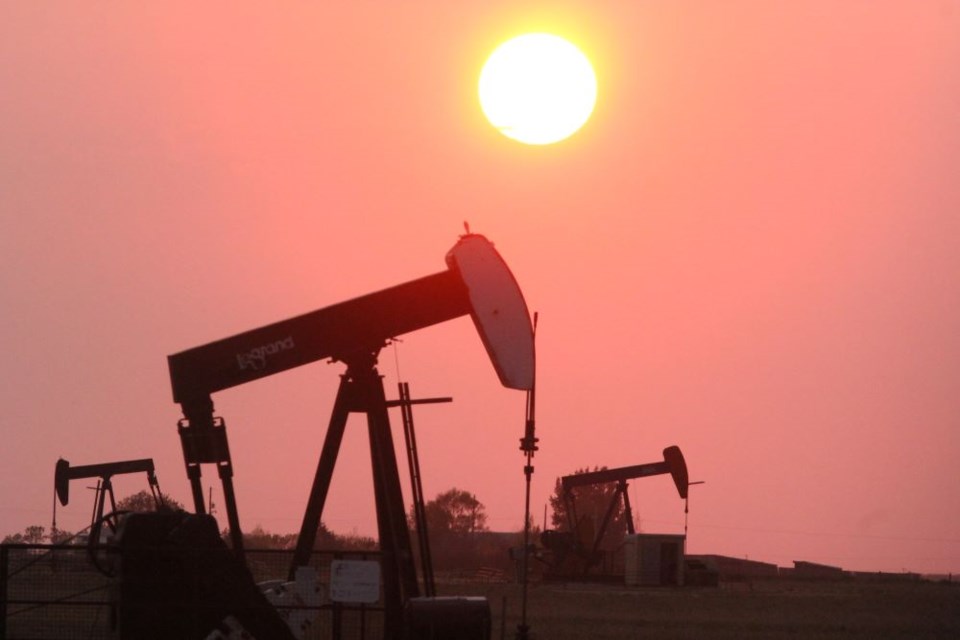While it was far from the most lucrative land sale this province has ever seen, the most recent sale of Saskatchewan Crown petroleum and natural gas rights was still a reason for optimism.
The April sale fetched $19.3 million for the province’s coffers. That’s good news, especially when you consider that the total revenues for land sales for the 2021-22 fiscal year were more than $14 million. And the April 2021 sale fetched $1.9 million, approximately one-tenth the amount that came in this year.
And perhaps the best news for those of us who live here is that the southeast led the way at more than $17 million.
The initial headline for the news release from the province touted this as a record sale. We’re not sure why that would be. After all, those of us who were around in the boom years will remember 2008, when the total sales exceeded $1 billion. In April 2011, the revenues came in at $109 million.
But it is the best sale since December 2018, and the second-best since June 2017.
Interest in the Saskatchewan oilpatch is always great news, and it’s even better when the interest is in the southeast. After all, when the oilpatch is thriving, it’s good news for the province’s coffers, which means more money for health care, education, social services, highways and other government initiatives we rely on.
And it is the type of land sale we’ve been waiting to see. Prior to the price of oil’s decline in the summer of 2014, the land sale numbers had been excellent.
There has been growing optimism about the energy sector in recent months, even before the Russian invasion of Ukraine caused a spike in the price of oil, pushing it to levels not seen in nearly eight years.
We’re probably not going to see a return to the Estevan of 2006-2014, when the last boom had a big impact on the community. A variety of new businesses opened up and people flocked to the community. You could see the impact in the number of people in hotels and restaurants, and the number of vehicles on the road. But there were consequences on the labour and housing markets.
The final years of the last oil boom coincided with the construction of the carbon capture and storage facility at SaskPower’s Boundary Dam Power Station, which also carried a big impact on the community.
And there was far greater investor confidence in the federal government of the day than in our present government, which is not as friendly to the energy sector. We didn’t have to worry about a carbon tax 10 years ago.
We don’t know how long the price of oil will remain this high, if it’s going to settle at a more reasonable level, or if it’s going to drop off again.
The Government of Saskatchewan has some confidence that the price of oil will be relatively high, pegging it at more than US$75 per barrel (WTI) for the 2022-23 fiscal year. Right now, $75 per barrel seems low.
But if a higher oil price remains, and the land sale reflects higher confidence, then perhaps it means more people in the community, more people in our hotels, and additional people relocating to Estevan.
If that happens, benefits would be widespread.
It’s also worth noting that February’s sale was more than $6 million, which was an encouraging sign.
So there are reasons for hope. Not for a boom like the one we saw up until 2014, but for the impact of higher oil prices and land sale values.




